Condensation is an increasing issue in both private dwellings and commercial premises.
Condensation is a direct result of improved draught proofing and insulation. It occurs whenever warm, moist air meets a surface or object cold enough to chill any moisture in the air below its dew point. Accompanying Condensation is a rise in mould growth levels, general mustiness and other household pollutants.
Often considered a trivial problem that can be easily dealt with; condensation is arguably the most difficult type of dampness to control due to the varied range of contributing factors. It is most problematic in the winter time, a direct result of the drop in exterior temperatures.
The introduction of Part F of the Building Regulations 2009 has seen a trend towards draught proofing new and existing builds as a means to conserve energy and reduce carbon emissions. Natural ventilation has been drastically reduced in modern day energy efficient homes that are fitted with effective insulation, and rendered air-tight with triple glazed windows. This means that the moist air generated by everyday activities is unable to escape; increasing the humidity in properties and leading to condensation and visible damp spots. If allowed to continue untreated, Condensation can cause wall materials to decay. In extreme cases, it can even lead to Wet or Dry Rot in untreated timbers.
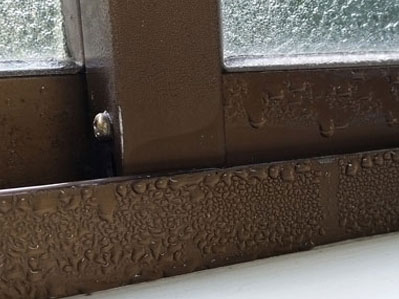
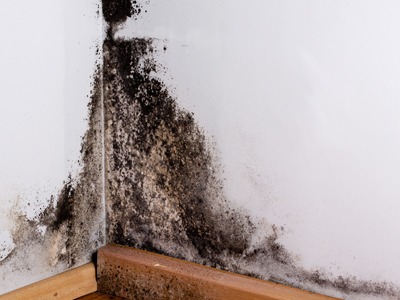
Why do I have Mould on my Bedroom and Bathroom walls?
Mould grows on dry or painted walls where there is moisture in the air to sustain it. There are over 100,000 different types of mould; 23 of which have been identified as possible health hazards. Moulds are allergenic, and it is generally accepted that exposure to heightened mould levels can cause or trigger asthma in susceptible people, along with other respiratory and allergenic issues.
Mould is always related to a moisture or damp issue, and identifying the contributing moisture source is a critical part of any removal treatment plan. It is not advised to use household cleaning products to attempt to kill the bacteria, or to brush the mould off a surface. Brushing it or disturbing the mould will make the spores airborne, increasing the likelihood of the issue spreading to other areas. A comprehensive and specialised chemical treatment programme will eradicate the problem. However, the underlying cause of the damp conditions must first be removed. Otherwise, the mould may return at some time in the future.
Our range of Ventilation Systems fully eliminate Condensation & Mould from your Home or Office.
What is the best way to treat Mould?
A Positive Ventilation System is the best way to get rid of mould in your bedroom or bathroom. It replaces the stale, moisture laden air with fresh filtered air. The dramatic reduction in humidity creates an environment where mould and condensation are unable to exist.
In addition, the ongoing flow of fresh air represents a much healthier living environment; dramatically reducing pollutants from cooking or cleaning, along with removing airborne particles such as Pollen.
Our Positive Ventilation Systems introduce a continuous flow of fresh, filtered air. Offering a reliable and constant circulation of air from inside to outside.
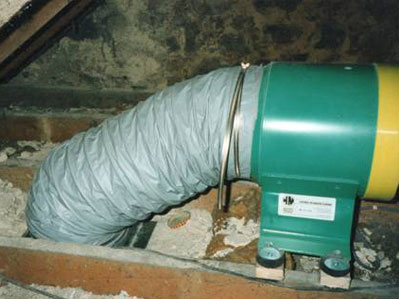
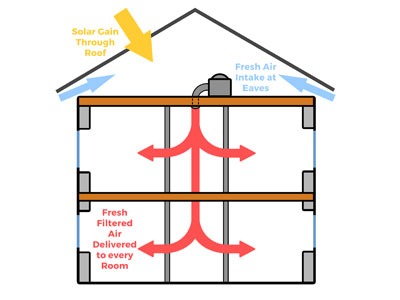
For retro-fit projects, the PIV units act as an ideal solution. Placed in the attic out of sight, there is minimal visual evidence of the units. Running costs are exceptionally low also; comparable to a 30w light bulb. They only cost a few cents a day to run.
Lastly, when it comes to apartments, or buildings without an attic space, we have a specially designed ventilation system based on the Trickle Ventilation principle. This system offers all the same benefits as the attic unit. It operates via an external grille, and can extract up to 2.3 litres of moisture per unit per day. This system runs 24 hours a day with no noise.
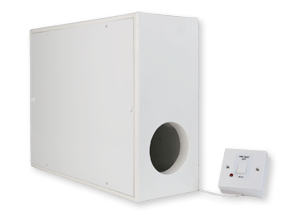
If you suspect that you have an issue with Condensation or Mould, or for more information on Ventilation Systems, please Contact Us today!
Phone: +353 42 974 1495
Mobile: +353 87 243 2564
Email: info@mcguinness.ie